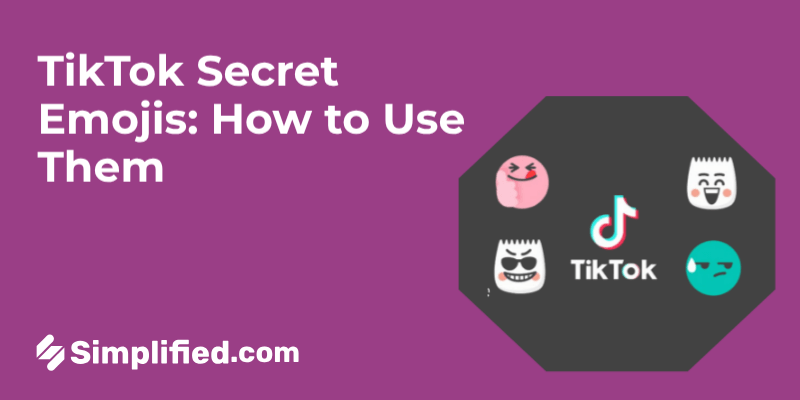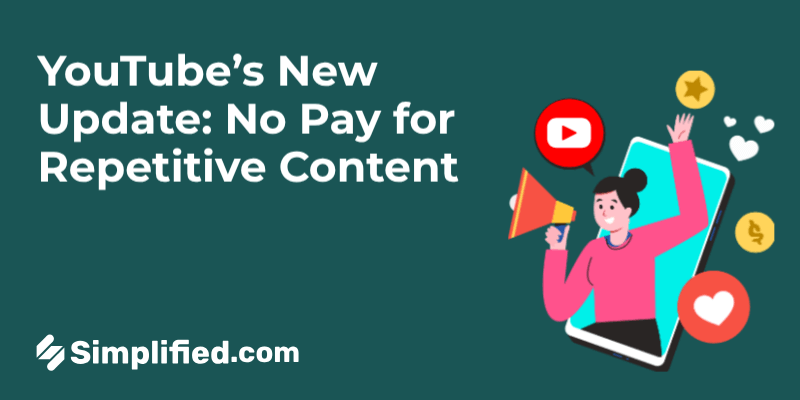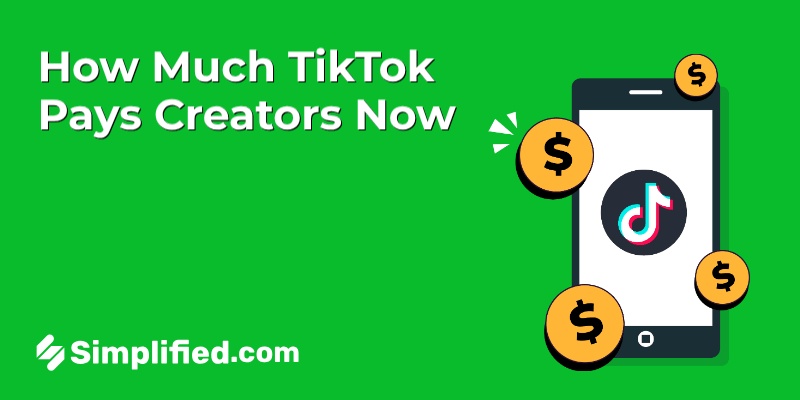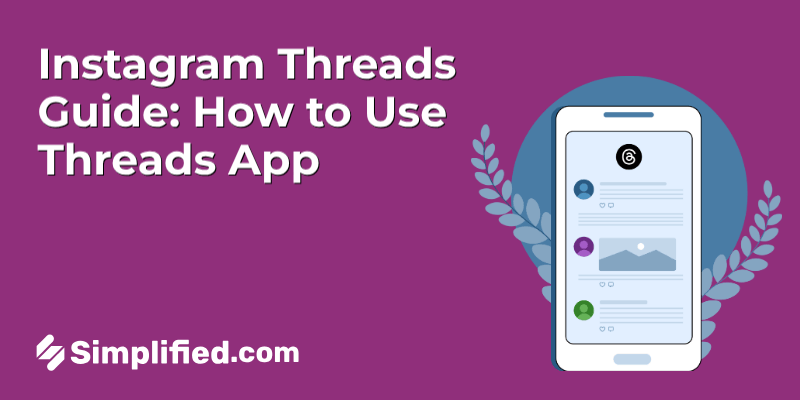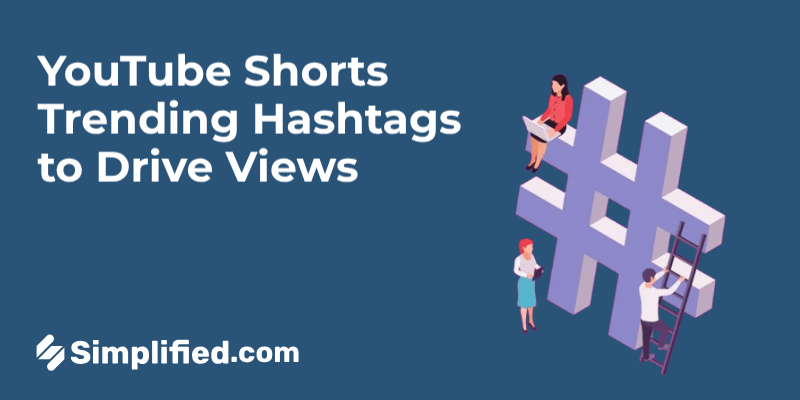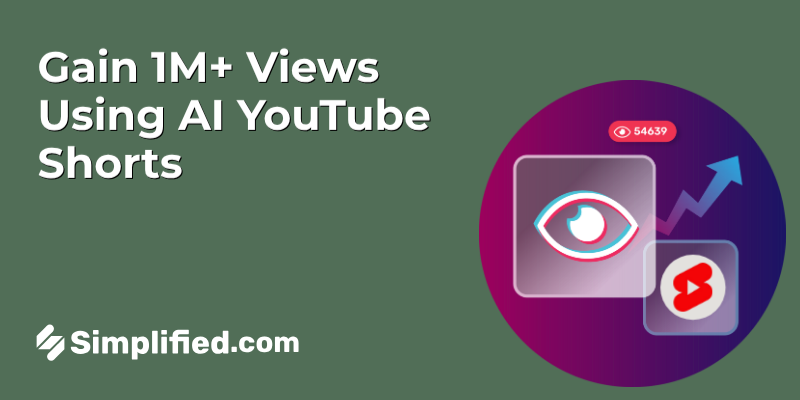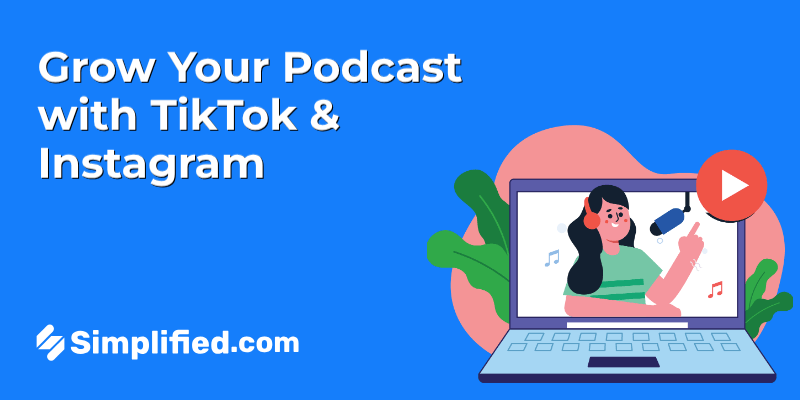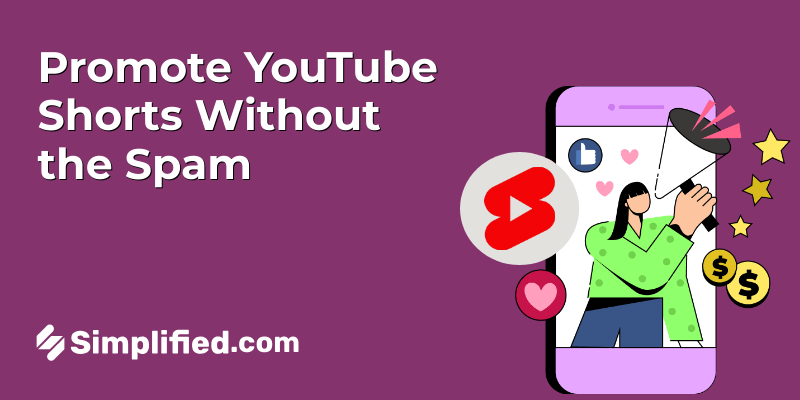
It’s no surprise that people everywhere are curious about how much YouTubers actually earn. With over 2.7 billion monthly active users as of 2025, YouTube has become more than just an entertainment platform — it’s a full-fledged career path and lucrative side hustle for millions.
Well the answer is, on an average, most YouTubers earn between $5 and $15 per 1,000 views, though actual rates can vary depending on niche, audience location, and advertiser demand. That means a video with 100,000 views could bring in anywhere from $500 to $2,000 before YouTube takes its share.
But here’s the catch: YouTube keeps a significant portion of the ad revenue — roughly 45%, leaving creators with about $250 to $1,000 for that same video.
So while those viral success stories sound glamorous, the reality for most creators is more modest. To put it bluntly: a single popular video likely won’t replace your full-time income.
This raises some important questions:
- How do experienced creators work around YouTube’s steep commission?
- What kind of earnings can smaller channels expect without millions of views?
- And what’s the real strategy behind the creators pulling in six or seven figures?
Let’s break these down without the sugar-coating — so you know exactly what to expect and how to plan smarter.
How YouTubers Make Money in 2025
YouTube creators primarily earn money through advertising, which falls into two main categories: AdSense revenue and sponsorships.
YouTube AdSense: How It Works
AdSense is the system that places ads before, during, or even between YouTube videos and Shorts. This is one of the most common ways creators get paid.
To understand this income, it helps to know two key terms:
- CPM (Cost Per Mille): what advertisers pay for every 1,000 ad views.
- RPM (Revenue Per Mille): what creators actually earn per 1,000 views after YouTube takes its cut — about 45% for long-form content and 55% for Shorts.
AdSense earnings depend on several factors:
Niche: Topics like luxury cars or finance attract higher CPMs because advertisers pay more to reach those audiences. Meanwhile, niches such as cooking, fitness, reaction videos, and music tend to have lower CPMs.
Video Length: Videos over 8 minutes can include mid-roll ads, increasing ad revenue if viewers keep watching.
Audience Location: Viewers from wealthier countries like the U.S. and much of Europe generate higher CPMs than audiences in developing regions — sometimes 2–3x higher.
Seasonality: Ad spending tends to spike around the holidays, which raises CPMs during those months.
For example, a luxury car review channel can earn significantly more per view than a general news or literary channel, simply because advertisers in that niche pay premium rates.
Bonus: Twitter Monetization Explained: Turning Tweets into Revenue
Sponsorships: Direct Brand Deals🤝
In addition to AdSense, many creators work directly with brands through sponsorships — where they promote a product or service during a video.
Unlike AdSense, YouTube doesn’t take a cut of sponsorship income. In fact, for many successful creators, sponsorships account for 50–70% of their total earnings.
Similar to AdSense, sponsorship rates depend on niche and audience targeting. Channels with a clearly defined audience (e.g., “how to start a podcast” instead of general entertainment) can command higher rates because sponsors know exactly who they’re reaching.
YouTube Earnings in 2025: Real Numbers and Examples
Recent data highlights just how profitable YouTube can be — though the earnings vary widely depending on audience, niche, and engagement:
- Top creators like MrBeast reportedly pulled in about $85 million annually, thanks to massive viewership and high-value sponsorships.
- Creators such as Ryan Kaji (Ryan’s World) are still earning an estimated $25–30 million per year, driven largely by toy reviews and brand deals.
- Popular educational creators like Mark Rober have been reported to make seven-figure annual incomes, leveraging a highly engaged audience and premium sponsors.
At the CPM level, high-income regions like the U.S., Canada, and Western Europe continue to deliver premium rates, with CPMs often exceeding $20 per 1,000 views in lucrative niches like finance, tech, and luxury products.
Even smaller channels — with audiences in the tens of thousands — can earn $1,000–$10,000+ per month if they maintain strong engagement and focus on high-paying niches.
It’s important to note: subscribers alone don’t guarantee income. Long-term earnings come from keeping viewers engaged and aligning content with what advertisers are willing to pay for.
How Much Do YouTubers Make Per View?
YouTubers typically earn based on the number of monetized views, not total views — since not every view results in an ad impression.
On average, creators earn between $0.005 and $0.015 per view, depending on factors like niche, audience country, and season.
That means:
- For 1,000 views, YouTubers might make about $5–$15 (CPM) before YouTube’s cut.
- After YouTube’s commission (about 45%), creators actually keep around $2.75–$8.25 per 1,000 views (RPM).
For example:
➡️ A video with 10,000 views might earn between $30–$80 for the creator.
➡️ Views from premium niches (finance, tech, luxury) or wealthy countries often pay on the higher end of this range.
Bonus: 18 Simple Ways To Make Money On Your Smartphone In 2025
How Much Do YouTubers Make Per Subscriber?
Subscribers don’t directly generate income — YouTube doesn’t pay per subscriber.
However, subscribers tend to watch more videos, engage more often, and boost view counts, which translates into more ad revenue over time.
On average:
- A creator with 10,000 subscribers might earn $100–$300/month, depending on how engaged the audience is and how often they post.
- Larger channels (100k+ subscribers) can bring in $2,000–$5,000/month or more — but again, it depends entirely on views and engagement, not just subscriber count.
So think of subscribers as your potential audience, but your earnings depend on how many of them actually watch and interact with your content.
How Much Do YouTubers Make Per Million Views?
This is where earnings start to look impressive — but also vary widely:
- A video with 1 million views can earn anywhere between $2,000 and $8,000+, depending on RPM, audience location, and niche.
For example:
*A general entertainment video might earn closer to $2,000–$3,000 per million views.
*A finance or tech video could earn $5,000–$8,000+, thanks to higher-paying advertisers.
It’s also worth noting that sponsorships, affiliate links, and merchandise can push earnings far beyond what ad revenue alone provides — often doubling or tripling the total income from a million-view video.
How Much Do YouTubers Earn With 1 Million Subscribers?
While reaching 1 million subscribers might seem like a lofty dream to new creators, it’s actually not uncommon — around 25,000–30,000 channels have crossed that milestone.
If such a channel posts a single video that garners 1 million views, they could earn anywhere from $2,000 to $10,000 from AdSense alone, depending on factors like niche, audience demographics, and seasonality. When you factor in sponsorships and other income streams, a YouTuber at this level might bring in $10,000–$30,000 per video.
Here’s a breakdown:
- From AdSense: Around $5,000–$20,000, but keep in mind YouTube takes about 45% of that revenue for long-form content.
- From sponsorships: A strong brand deal can fetch anywhere from $30,000 to $70,000 per video.
Sometimes brand deals might limit your ability to promote your own products or memberships, but those can also be significant revenue sources if managed well.
Interestingly, a channel with 1 million subscribers can sometimes earn less than a smaller channel with half that audience. Why? Because earnings depend heavily on niche and monetization strategy. For instance, a music review channel may struggle to attract high-paying sponsors compared to a channel offering in-depth tutorials on video editing, which can sell courses and software sponsorships.
How Many Views Do YouTubers Need to Start Earning?
To earn money through AdSense, you first need to join the YouTube Partner Program (YPP). To qualify, you must meet these requirements:
At least 1,000 subscribers, and either:
- 4,000 watch hours on your videos in the past 12 months, or
- 10 million views on your Shorts in the last 90 days.
In addition, you must follow all of YouTube’s monetization policies to remain eligible.
How Much Do Beginner YouTubers Typically Earn?
So what can you realistically make when you’ve just hit the 1,000-subscriber milestone? That depends entirely on your niche and how many views you’re generating — one viral video can significantly boost your earnings for weeks.
On average, a small YouTuber with around 1,000 subscribers might earn somewhere between $20 and $200 per month, provided they upload regularly and attract steady viewership.
For more context, here are a few examples shared by creators:
- Yet another, despite having 6,000 subscribers, only earned around $60 per month, showing how variable income can be depending on niche and engagement.
- A travel vlogger with 1,370 subscribers and around 23,000 monthly views reported earning about $100 per month.
- Another creator with 1,250 subscribers made $83 in their first week after monetization.
Does the YouTube Algorithm Decide Your Earnings?
No — the algorithm’s job is simply to recommend and surface content viewers are likely to watch.
However, to make money on YouTube, you must meet specific policies & guidelines, regardless of how much the algorithm promotes your videos.
Even if your video goes viral and gets millions of views, you won’t earn from AdSense unless your channel is monetized and your content complies with the rules.
YouTube Monetization Policies You Must Follow
To earn money via the YouTube Partner Program (YPP), you and your videos must comply with these rules:
Your content must follow Advertiser-Friendly Content Guidelines (no excessive profanity, violence, adult themes, etc.).
You need to meet the eligibility criteria:
- At least 1,000 subscribers
- Either 4,000 hours of watch time in the past 12 months OR 10 million Shorts views in the last 90 days.
If your content violates these rules, you may still get views, but those views won’t earn ad revenue — and repeated violations can result in demonetization or even removal from YPP.
How the Algorithm + Policies Work Together
- The algorithm helps your video reach more viewers if it performs well (engagement, retention, CTR).
- But to earn money from those views, your video must also be suitable for advertisers.
- Videos flagged as limited ads (yellow dollar sign) still appear in recommendations but generate little or no revenue.
Example: Viral but No Earnings
A creator uploads a viral prank video full of offensive language.
🔹 The algorithm promotes it because people watch & engage.
🔹 BUT it violates advertiser guidelines → so ads are limited or disabled → little or no earnings despite millions of views.
In short:
➡ The algorithm brings you visibility.
➡ YouTube’s monetization policies determine if you can earn money from that visibility.
Must read: How AI Thumbnail Makers increase YouTube Views: A Complete Guide
Practical Tips to Increase Your YouTube Earnings in 2025
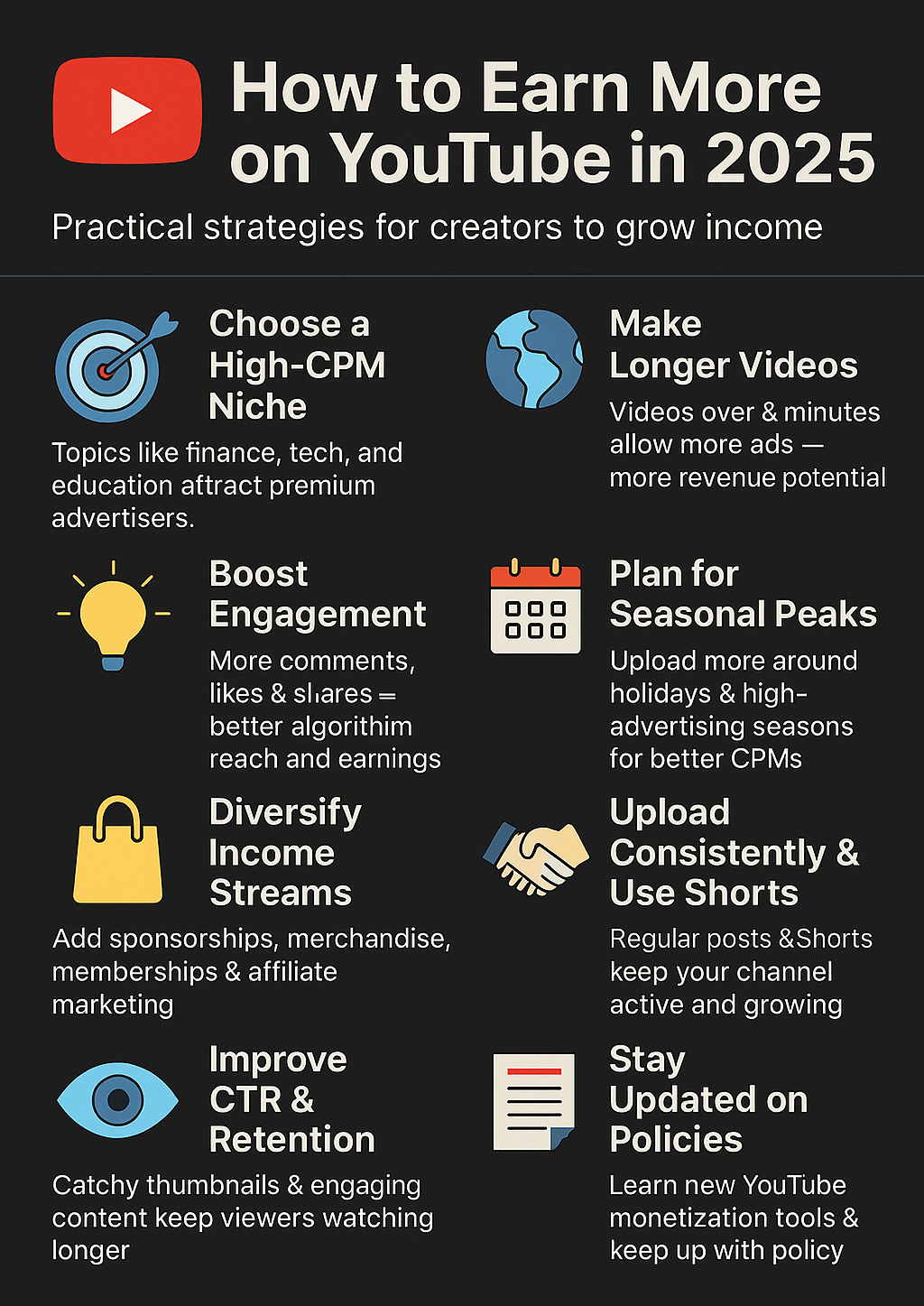
1. Focus on High-CPM Niches
Not all topics pay equally. Advertisers pay more in niches with higher commercial value.
Examples: Finance, technology, health & fitness, education, software tutorials, and luxury products generally have higher CPMs.
👉 Research which topics in your niche attract premium advertisers.
2. Grow an International Audience — Strategically
Viewers from high-income countries (like the U.S., Canada, U.K., Germany) bring higher ad rates.
- Update your content or subtitles to appeal to these markets.
- Use analytics to see where your audience comes from and adjust accordingly.
3. Make Longer Videos (Over 8 Minutes)
YouTube allows you to place mid-roll ads in videos longer than 8 minutes, increasing total ad revenue. But make sure your content stays engaging so people actually watch through.
4. Increase Viewer Engagement
Higher engagement signals the algorithm to recommend your videos more → more views → more earnings.
✅ Encourage likes, comments, and subscriptions.
✅ Use polls, questions, and calls-to-action (CTAs) to spark interaction.
5. Diversify Income Streams
Don’t rely only on AdSense — combine other revenue streams:
- Sponsorships & brand deals — often higher-paying than ads.
- Merchandise & memberships — sell products or offer exclusive content.
- Affiliate marketing — promote products/services for commissions.
6. Optimize for Seasonality
Ad rates spike during certain seasons (like holidays, back-to-school, tax season). Plan your content calendar to publish more videos when advertisers spend more.
7. Improve Video Retention & Click-through Rate (CTR)
- Use compelling thumbnails & titles to attract viewers.
- Keep the content tight and engaging to hold their attention.
- Higher retention improves your algorithm reach, which indirectly boosts revenue.
8. Upload Consistently & Use Shorts
- Regular uploads help maintain audience interest and algorithm momentum.
- Shorts can bring new subscribers and help you qualify for Shorts monetization (especially if you’re starting out).
9. Build Relationships with Brands
- Approach brands directly instead of waiting for them to find you.
- Create a media kit showcasing your audience stats & niche.
10. Stay Updated on YouTube Policies & Features
YouTube updates its monetization rules and features regularly.
Take advantage of new monetization tools like Super Thanks, live stream monetization, and updated Shorts revenue sharing.
FAQs
1. How many views do you need to make money on YouTube?
To start earning, you need to join the YouTube Partner Program, which requires 1,000 subscribers and either 4,000 watch hours in 12 months or 10M Shorts views in 90 days. After that, earnings depend on views, niche, and audience location.
2. How much does YouTube pay per 1,000 views?
On average, YouTubers earn around $2.75–$8.25 per 1,000 views after YouTube’s cut, but this can vary based on CPM, niche, and audience location.
3. Can you make money on YouTube without showing your face?
Yes. Many creators earn money with faceless content — examples include tutorials, animations, reviews, and slideshows, as long as the content is original and engaging.
4. How much do beginner YouTubers earn?
A beginner with ~1,000 subscribers might earn $20–$200/month, depending on how often they upload, their niche, and how engaged their audience is.
5. Does YouTube pay for likes or subscribers?
No. YouTube pays based on ad impressions, not likes or subscriber count. But engaged subscribers and more likes can help improve reach and increase monetized views.
6. What kind of videos make the most money on YouTube?
Videos in high-CPM niches like finance, technology, health, and business tend to earn more because advertisers in those industries pay higher rates.
7. Can Shorts make money on YouTube?
Yes. As of 2023, YouTube shares ad revenue from Shorts if you meet eligibility requirements (part of YPP). Earnings from Shorts are generally lower per view but can help grow your channel.


